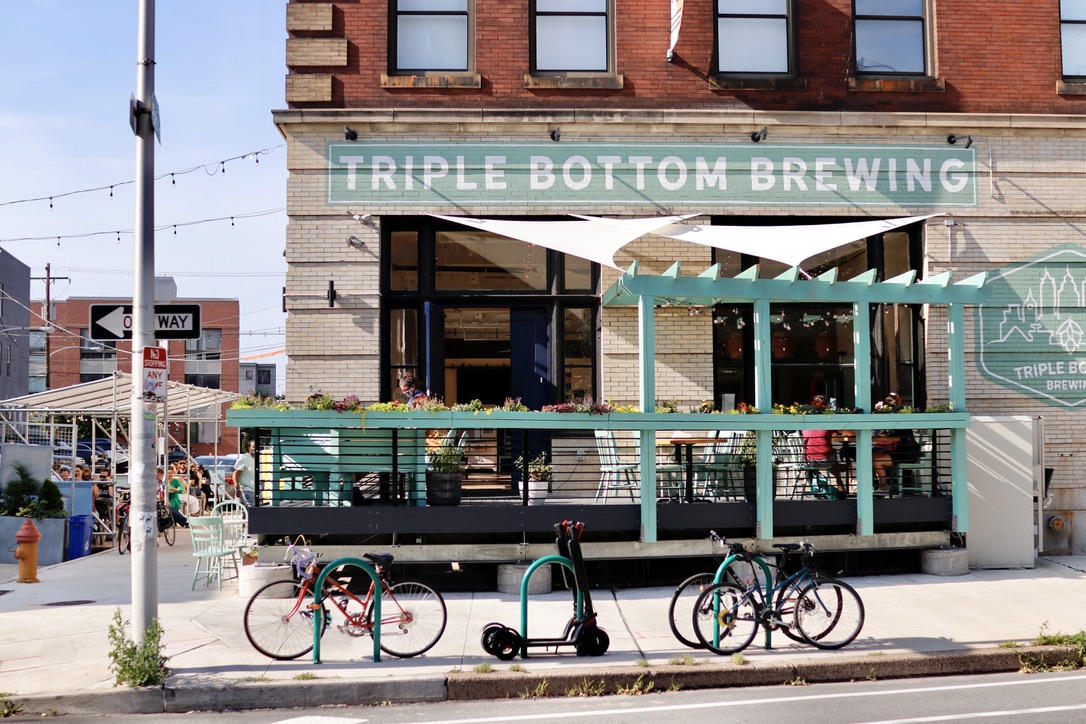By Lucia Mutikani
WASHINGTON (Reuters) -The number of Americans filing new claims for unemployment benefits unexpectedly rose last week, though the labor market recovery is gaining traction as economic activity picks up, driven by increased vaccinations and massive fiscal stimulus.
That was confirmed by other data on Thursday showing a measure of manufacturing activity soared to its strongest level in more than 37 years in March, with employment at factories the highest since February 2018. Layoffs announced by U.S. companies in March were also the fewest in more than 2-1/2 years.
Initial claims have been distorted by backlogs, multiple filings and fraud, making it difficult to get a clear signal on the labor market’s health from the weekly data.
“Higher jobless claims in the most recent week don’t detract from the strong downward trend, which will continue given the reopening of local and state economies, and the acceleration of vaccinations,” said Robert Frick, corporate economist at Navy Federal Credit Union in Vienna, Virginia.
Initial claims for state unemployment benefits jumped 61,000 to a seasonally adjusted 719,000 for the week ended March 27, the Labor Department said.
Data for the prior week was revised to show 26,000 fewer applications received than previously reported, pushing total filings down to 658,000 and below their 665,000 peak during the 2007-09 Great Recession. In a healthy labor market, claims are normally in a 200,000 to 250,000 range.
The government revised the claims data from 2016, which showed applications hitting a record 6.149 million in April 2020, instead of 6.867 million in March 2020.
A staggering 79 million claims were filed under the regular state (UI) programs since mid-March 2020 when mandatory closures of non-essential businesses such as restaurants, bars and gyms were being enforced across many states to slow the first wave of COVID-19 infections.
About 28 more million applications were submitted under the government-funded Pandemic Unemployment Assistance (PAU) program, which covers the self-employed, gig workers and others who do not qualify for the UI programs.
“Together, that equates to 70% of payrolls, or 67% of household employment, pre-pandemic and reflects duplicate filings and fraud,” said Sarah House, a senior economist at Wells Fargo Securities in Charlotte, North Carolina.
“But also the tremendous churn in the labor market since COVID, with some workers losing jobs more than once as restrictions and activity fluctuated this past year.”
Economists polled by Reuters had forecast 680,000 applications in the latest week. Virginia accounted for the bulk of the rise. There were also notable increases in California, Georgia, Kentucky, New Jersey and New York.
Including the PUA program, 951,458 people filed claims last week, remaining below one million for a second straight week.
U.S. stocks were higher. The dollar slipped against a basket of currencies. U.S. Treasury prices rose.
MANUFACTURING SHINES
Both the economy and the labor market appear to have turned the corner after hitting a ditch in December, thanks to the acceleration in inoculations, which is allowing more businesses to reopen. The White House’s massive $1.9 trillion pandemic relief package is sending additional $1,400 checks to qualified households and extending the government safety net for the unemployed through Sept. 6.
In a separate report on Thursday, the Institute for Supply Management (ISM) said its index of national factory activity jumped to a reading of 64.7 last month from 60.8 in February. That was the highest level since December 1983.
A reading above 50 indicates expansion in manufacturing, which accounts for 11.9% of the U.S. economy. Economists had forecast the index rising to 61.3 in March. The survey’s manufacturing employment gauge shot up to its the highest reading since February 2018.
According to the ISM, “significantly more companies are hiring or attempting to hire than those reducing labor forces.”
Indeed, a third report from global outplacement firm Challenger, Gray & Christmas showed planned layoffs by U.S.-based companies dropped 11% to 30,603 in March, the fewest since July 2018. Through the first quarter planned layoffs plunged 35%, compared the October-December period. At 144,686, job cuts last quarter were the fewest since the fourth quarter of 2019.
The labor market’s improving fortunes were underscored by a survey from The Conference Board this week showing its measure of household employment rebounding in March after three straight monthly decreases. That aligns with expectations that the government’s closely watched employment report on Friday will show a surge in job growth in March.
According to a Reuters survey of economists, nonfarm payrolls likely increased by 647,000 jobs last month after rising by 379,000 in February. That would leave employment about 8.8 million below its peak in February 2020, highlighting that a full labor market recovery is years away.
At least 18.2 million people were collecting unemployment checks in mid-March, a sign that long-term joblessness was becoming entrenched.
“But even at that rapid (hiring) clip, it would take the economy until January 2024 to get back to pre-pandemic trends,” said Andrew Stettner, senior fellow at The Century Foundation.
“This cold, hard math underscores the hurdles facing the millions of workers still on state or federal jobless aid as they seek to return to productive work.”
(Reporting By Lucia MutikaniEditing by Chizu Nomiyama)

























